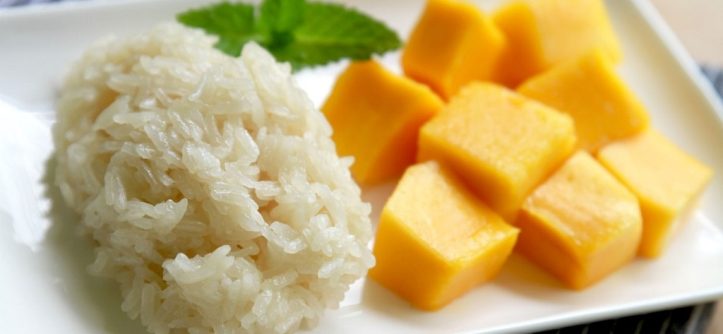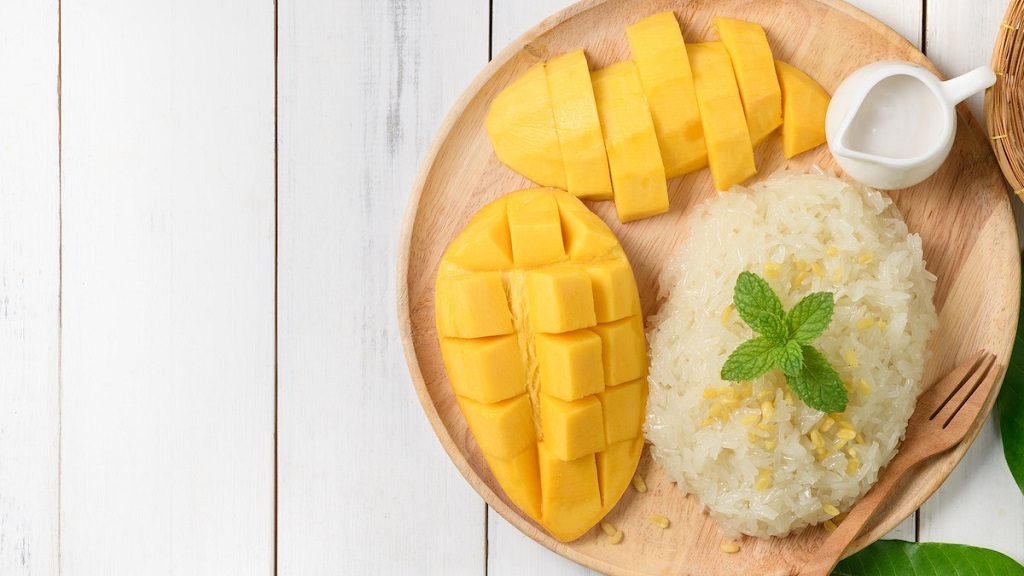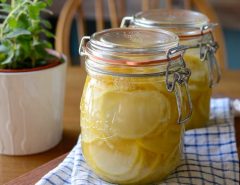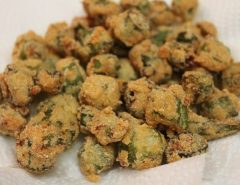When people talk about food being “sticky” in the kitchen, they’re usually describing texture, behavior during cooking, or how ingredients react when mixed. The term is often used with sauces, dough, rice, or even candy-making. In simple words, stickiness refers to the tendency of food to cling either to surfaces like pans and utensils or to itself, forming lumps or gluey textures. While it can be a problem in some recipes, in others it’s exactly what you want. Understanding this basic cooking word helps you know when it signals success or when it points to an issue in your dish.
This article breaks down the sticky in cooking definition and shows how the concept appears in different foods. You’ll learn why some dishes require a sticky texture while others need prevention methods. By the end, you’ll see stickiness not as a vague idea but as a practical signpost for better results in your cooking.
Sticky in Cooking Definition: What Does It Really Mean?
In the culinary world, “sticky” has both a scientific and practical meaning. Scientifically, it often comes from starch, sugar, or protein that forms bonds with water and clings to other surfaces. Practically, it means food has a tacky surface that resists separation. For instance, sticky rice holds together because of its starch makeup, while caramel sticks to spoons because of its sugar content. According to sticky in cooking definition, stickiness can be desirable, like in sushi rice, or problematic, like pasta that clumps together.
Resources such as The Funky Kitchen provide easy explanations of cooking terms to help home cooks understand why these textures matter and how to control them.
Why Do Foods Become Sticky?
Stickiness doesn’t happen by chance. It’s the result of natural chemistry inside ingredients or from cooking techniques. Here are the main causes:
- Starch gelatinization: Grains like rice or pasta release starch into water. If not rinsed or stirred properly, the excess starch coats the food and causes clumping.
- Sugar caramelization: Heating sugar past a certain point makes it tacky. This is common in candy making, caramel sauces, or glazes.
- Protein bonding: In some cases, proteins such as gluten in dough or albumin in eggs contribute to a sticky texture when mixed or cooked incorrectly.
- Moisture imbalance: Too much water in batter or dough can lead to gluey, unmanageable mixtures.
Therefore, stickiness isn’t random—it’s a natural reaction of ingredients to heat, moisture, and handling.
When Is Stickiness a Good Thing?
Not all sticky foods are a mistake. In fact, certain recipes depend on that very trait to work properly. Examples include:
- Sushi rice: Needs to cling together to hold shape when rolled.
- Glazes and sauces: Must coat food and “stick” to surfaces for flavor and shine.
- Dumpling dough: Slight stickiness makes it pliable and helps seal edges.
- Caramel popcorn: Relies on sticky syrup to bind popcorn clusters.
Here, stickiness becomes a tool, not a flaw, creating cohesion and mouthfeel that enhance the eating experience.
When Is Stickiness a Problem in Cooking?
On the other hand, excessive or unwanted stickiness can ruin dishes. Common kitchen complaints include:
- Pasta clumping: Overcooking or not stirring causes noodles to glue together.
- Gummy bread dough: Too much hydration or over-kneading leads to a heavy loaf.
- Sticky rice (unintended): When regular rice clumps because of poor rinsing or too little water.
- Burnt sugar: Overheated caramel that clings to pans, making cleanup a nightmare.
These examples show that context matters: the same chemical reaction that makes sushi possible can also ruin your spaghetti if unmanaged.
How Can You Prevent Unwanted Stickiness?
Thankfully, simple techniques can reduce stickiness where it’s unwanted:
- Rinse rice and pasta before cooking to remove surface starch.
- Use enough water and stir frequently while boiling pasta.
- Flour or oil your hands and surfaces when working with dough.
- Use parchment paper or non-stick sprays when baking sticky batters.
- Control sugar heating with a thermometer when making candy.
These steps act as barriers, keeping foods separate and easier to handle.
Does Sticky Mean the Same in Every Cuisine?
No, cultural context plays a big role. In Asian cuisine, stickiness in rice is celebrated and even essential. In Italian cooking, pasta should be firm and separate, so stickiness is avoided. In pastry arts, certain doughs like brioche may feel sticky before baking but produce soft, airy results afterward. Therefore, the meaning shifts depending on tradition and recipe goals.
What Tools Help Manage Sticky Foods?
Cooks often rely on tools and surfaces to handle sticky textures better. Some examples include:
- Non-stick pans for delicate foods like eggs or caramel.
- Silicone spatulas that resist sticking when working with syrups or dough.
- Parchment paper or silicone mats for rolling and baking.
- Rice cookers designed to handle sticky varieties.
These simple aids can save time and frustration in the kitchen.
Conclusion: Sticky Is a Signal, Not Just a Texture
Understanding stickiness helps you read what’s happening in your cooking. Sometimes it’s the key to success, like perfectly rolled sushi. Other times, it warns you that a dish needs adjustment, like clumpy noodles. By seeing stickiness as a signal, not just a nuisance, you can improve your cooking instincts and results. Next time you notice something clinging, don’t panic—interpret it. The texture is telling you something about your ingredients, your method, or your equipment. Learn from it, and your kitchen skills will grow naturally.
Read More Also: Hiring Professional House Cleaning Services
FAQs About Sticky in Cooking
Why does rice stick together?
Rice sticks because of starch release. Rinsing before cooking reduces extra starch, keeping grains separate unless a sticky texture is desired.
Is sticky food always bad?
No. Sticky textures are useful in recipes like dumplings, sushi, and glazes. It only becomes a problem when unintended, such as gummy pasta.
How do I stop pasta from sticking?
Use plenty of water, stir during cooking, and avoid overcooking. Adding a drizzle of oil after draining can also help prevent clumping.
Why is candy sticky after cooling?
Moisture in the air makes sugar absorb water, creating a tacky surface. Storing candy in airtight containers prevents this problem.
Can stickiness signal undercooked dough?
Yes. Dough that remains sticky after kneading may lack gluten development or have too much hydration, signaling it needs adjustments.
Does culture change how sticky food is viewed?
Yes. In Japan, sticky rice is prized, while in Italian cuisine, sticky pasta is considered a mistake. Each culture values texture differently.
What tools work best with sticky foods?
Non-stick pans, silicone spatulas, parchment paper, and rice cookers are the most common tools to manage sticky foods effectively.






Leave a Reply